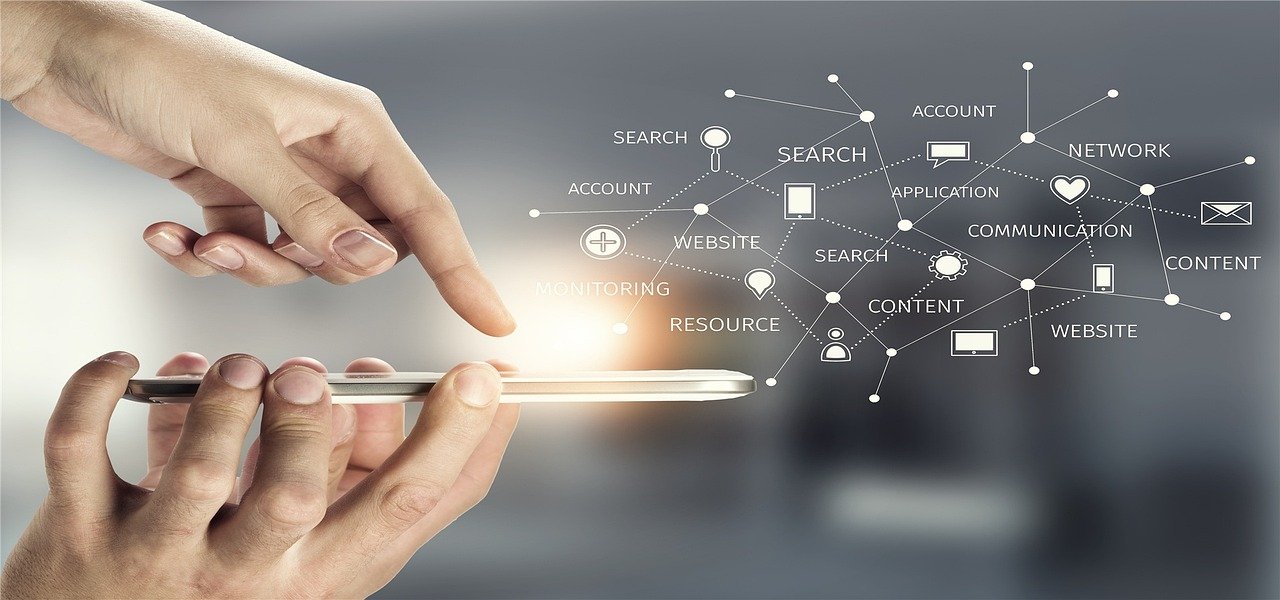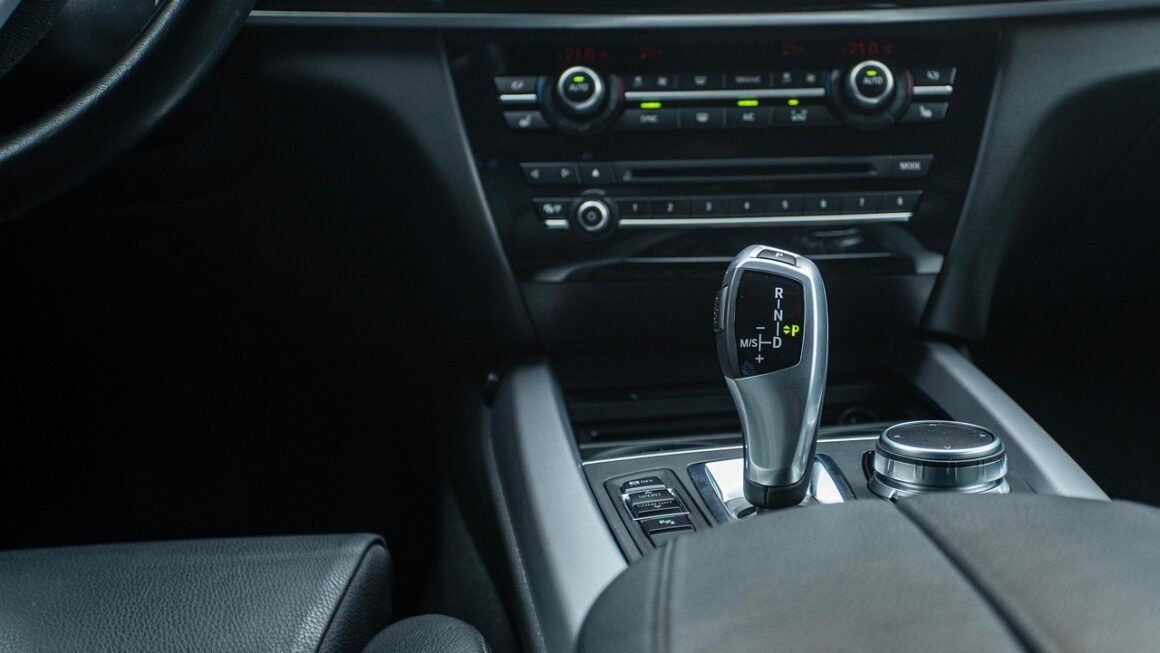Drones, once a niche technology confined to military applications and hobbyists, have rapidly evolved into versatile tools transforming industries and shaping the future. From capturing breathtaking aerial photography to inspecting infrastructure with unparalleled precision, the capabilities of these unmanned aerial vehicles (UAVs) are continuously expanding, creating new opportunities and disrupting traditional practices across diverse sectors. This comprehensive guide explores the multifaceted world of drones, examining their applications, benefits, challenges, and future potential.
Understanding Drones: A Comprehensive Overview
What Exactly is a Drone?
At its core, a drone is an unmanned aircraft controlled remotely. Technically known as unmanned aerial vehicles (UAVs), drones come in various shapes and sizes, ranging from small, lightweight models perfect for recreational use to large, sophisticated systems capable of carrying heavy payloads. They are powered by batteries or fuel and equipped with sensors, cameras, and communication systems that enable them to perform a wide array of tasks.
Key Components of a Drone System
A typical drone system consists of several essential components working together:
- The Aircraft: This is the physical drone itself, encompassing the airframe, motors, propellers, and onboard electronics.
- The Ground Control Station (GCS): This is the interface used by the operator to control the drone. It typically includes a remote controller, a display screen showing live video feed from the drone, and software for mission planning and execution.
- The Communication Link: This is the wireless connection between the drone and the GCS, enabling real-time control and data transmission.
- Payload: This refers to the equipment the drone carries, such as cameras, sensors, or delivery packages.
Different Types of Drones
Drones are categorized based on their design, size, and intended use:
- Multi-rotor Drones: These drones have multiple rotors (typically four or more), providing excellent stability and maneuverability. They are commonly used for photography, videography, and inspection.
- Fixed-wing Drones: These drones have wings like traditional airplanes, allowing for longer flight times and greater range. They are often used for surveying, mapping, and agricultural applications.
- Single-rotor Drones: These drones resemble helicopters and offer a balance between multi-rotor and fixed-wing designs.
- Hybrid Drones: These drones combine the features of multi-rotor and fixed-wing designs, offering vertical takeoff and landing (VTOL) capabilities along with efficient forward flight.
The Expanding Applications of Drone Technology
Commercial Applications: Revolutionizing Industries
Drones are reshaping numerous industries, offering significant advantages in terms of efficiency, cost-effectiveness, and safety. Some key commercial applications include:
- Agriculture: Drones equipped with multispectral cameras can assess crop health, monitor irrigation, and identify areas requiring treatment, optimizing resource allocation and improving yields. For example, farmers can use drone data to create variable rate application maps for fertilizers and pesticides, ensuring precise and targeted application.
- Construction: Drones can perform site surveys, monitor progress, inspect infrastructure, and create 3D models, enabling better project management and reducing risks. A construction company can use drone imagery to track the progress of a building project, identify potential safety hazards, and generate accurate volumetric measurements of stockpiles.
- Inspection: Drones can inspect bridges, power lines, wind turbines, and other infrastructure, detecting damage and potential problems without requiring personnel to climb or enter hazardous environments. This significantly reduces the risk of accidents and lowers inspection costs.
- Delivery: Drones are being used for delivering packages, medications, and other goods, especially in remote or hard-to-reach areas. Several companies are actively testing drone delivery services for e-commerce and healthcare applications.
- Real Estate: Drones capture stunning aerial views of properties, providing potential buyers with a comprehensive perspective and enhancing marketing efforts.
Public Safety and Security
Drones are also playing a crucial role in enhancing public safety and security:
- Law Enforcement: Drones assist law enforcement agencies with surveillance, search and rescue operations, and crime scene investigation. For example, drones can be used to quickly search large areas for missing persons or to monitor crowd control at large events.
- Firefighting: Drones equipped with thermal cameras can detect hotspots and assess fire damage, providing firefighters with critical information and improving their safety.
- Emergency Response: Drones can deliver medical supplies, assess damage after natural disasters, and provide situational awareness to first responders.
Recreational Use and Hobbyists
Beyond commercial and public safety applications, drones are also popular for recreational use:
- Aerial Photography and Videography: Drones allow enthusiasts to capture stunning aerial photos and videos, providing unique perspectives and creative opportunities.
- Racing and Freestyle: Drone racing is a rapidly growing sport, with pilots competing in fast-paced aerial courses. Freestyle flying involves performing acrobatic maneuvers and tricks with drones.
Navigating Drone Regulations and Safety
Understanding FAA Regulations
In the United States, the Federal Aviation Administration (FAA) regulates the use of drones. Understanding and complying with FAA regulations is crucial for safe and legal drone operation.
- Part 107: This regulation outlines the rules for commercial drone operations, requiring pilots to obtain a remote pilot certificate and adhere to specific operational requirements.
- Recreational Flyer Rules: Recreational drone pilots must follow specific guidelines, including flying below 400 feet, keeping the drone within visual line of sight, and avoiding restricted airspace.
- Registration: Most drones must be registered with the FAA, regardless of whether they are used for commercial or recreational purposes.
Drone Safety Best Practices
Following these safety guidelines can minimize the risk of accidents and ensure responsible drone operation:
- Pre-flight Checks: Always inspect the drone before each flight, ensuring that all components are in good working order.
- Weather Conditions: Avoid flying in strong winds, rain, or other adverse weather conditions.
- Visual Line of Sight: Maintain visual line of sight with the drone at all times.
- Restricted Airspace: Avoid flying near airports, restricted airspace, or other sensitive areas.
- Privacy: Respect the privacy of others and avoid flying over private property without permission.
Insurance and Liability
It is essential to obtain adequate insurance coverage to protect against potential liability in case of accidents or damages. Many insurance providers offer drone-specific policies that cover property damage, bodily injury, and other risks.
The Future of Drone Technology
Advancements in Drone Technology
Drone technology is constantly evolving, with ongoing advancements in areas such as:
- Artificial Intelligence (AI): AI is being integrated into drones to enable autonomous flight, object recognition, and data analysis.
- Battery Technology: Improved battery technology is increasing flight times and range.
- Sensor Technology: Drones are being equipped with more advanced sensors, such as LiDAR, thermal cameras, and hyperspectral imagers, enabling a wider range of applications.
- 5G Connectivity: 5G technology is enabling faster and more reliable communication between drones and the ground control station.
Potential Future Applications
The future of drone technology holds immense potential, with applications such as:
- Urban Air Mobility (UAM): Drones could be used for transporting passengers and cargo in urban areas, alleviating traffic congestion and improving transportation efficiency.
- Precision Agriculture: Drones will play an increasingly important role in optimizing agricultural practices, reducing waste, and improving crop yields.
- Environmental Monitoring: Drones can monitor air and water quality, track wildlife populations, and assess the impact of climate change.
- Space Exploration: Drones could be used to explore other planets and moons, collecting data and assisting with robotic missions.
Conclusion
Drones have emerged as a powerful and versatile technology with the potential to transform industries, enhance public safety, and improve our lives in countless ways. By understanding the capabilities, regulations, and safety considerations associated with drone operation, individuals and organizations can harness the power of this technology responsibly and effectively. As drone technology continues to evolve, we can expect even more innovative applications and transformative impacts in the years to come. Whether you’re a hobbyist capturing stunning aerial footage, a farmer optimizing crop yields, or an inspector ensuring infrastructure integrity, drones offer a unique perspective and a powerful tool for achieving your goals.



